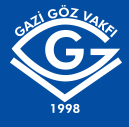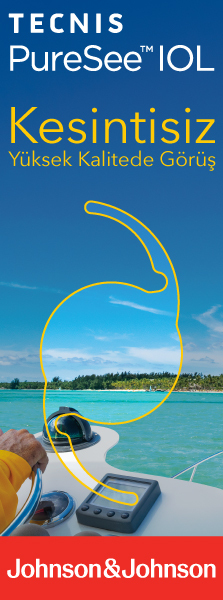Materials and Methods: VHs seen in vitrectomized diabetic patients were reviewed retrospectively. Hemorrhages in post vitrectomy diabetic vitreous hemorrhage (PDVH) were classified in three groups as moderate, marked and severe. One group of patients was treated with re- PPV, and the other had intravitreal anti-VEGF. Best-corrected visual acuity (BCVA), HbA1C levels, and anti-VEGF treatments up to the development of VH were evaluated during the one-year follow-up of the patients.
Results: A total of 16 patients with PDVH (10 females and six males) were examined. Ten (62.5%) patients were treated with anti-VEGF and 6 (37.5%) with re-PPV. The mean age of the patients was 63.5±8.9 years, and there was no difference between the two treatment groups in terms of age (p=0.087), HbA1c (p=0.609), previous anti-VEGF treatments (p=0.488), and VH severity (p=0.091). A statistically significant difference was found between the baseline visual acuity values between the groups (p=0.016). The mean of the anti-VEGF group was 0.96 logMAR, while the mean of the re-PPV group was 1.33 logMAR (worse). There was no difference between the mean visual outcomes of the two groups at the end of six months (p=0.157) and one year (p=0.309).
Conclusion: Since there was no difference between the two treatment modalities in terms of change in BCVA, minimally invasive intravitreal anti-VEGF therapy seems to be an alternative to re-vitrectomy in the treatment of PDVH.
Keywords : Anti-VEGF therapy, diabetic retinopathy, re-vitrectomy, vitreous hemorrhage, visual outcomes




